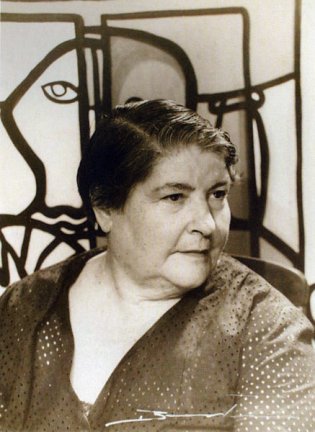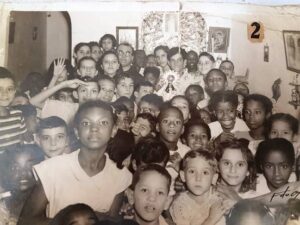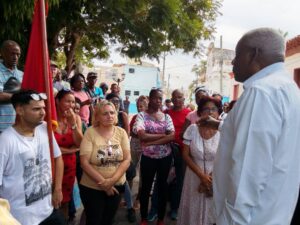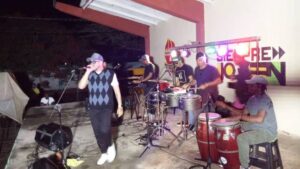Amelia Peláez and her imprint on Cuban art (+audio).

On January 5th, 1897, one of the most eminent figures of Cuban art was born in the city of Yaguajay, in the town of Villarreal. She is revered for her prolific plastic work, her constant search for identity and authenticity and, mainly, for her deep connection with her cultural roots and the unwavering commitment to artistic expression that she always reflected during her lifetime.

On January 5th, 1897, one of the most eminent figures of Cuban art was born in the city of Yaguajay, in the town of Villarreal, revered for her prolific plastic work, her constant search for identity and authenticity and, mainly, for her deep connection with her cultural roots and the unwavering commitment to artistic expression that she always reflected in her life.
A student of the San Alejandro Academy and favorite disciple of the also distinguished artist Leopoldo Romañach, Amelia Peláez del Casal became a female icon of Antillean painting and ceramics.
She presented her first exhibition at the age of 27 and continued her academic improvement in Europe, where, in addition to receiving classes from the Russian painter, set designer and decorator Alexandra Exter, she exhibited her personal show at the Zak Gallery.
In 1934, back on the island, he turned his house in «La Víbora» into a workshop and since then he maintained an active presence in the movement of modern Cuban artists, won an award at the National Salon and exhibited, at the Lyceum, many of the pieces he made during his stay in Paris.
Peláez inserted multiple elements of traditional Cuban architecture into his still life works, with compositions provided with black lines that connected and limited the flat areas of color, and enhanced by his use of the semicircle, the luceta, the arabesques and twists of the ironwork, as well as by the brilliance of his blue, red and yellow tones.
On the other hand, it is impossible not to mention his fervent enthusiasm for ceramics in the period between 1950 and 1962, as well as his expertise in mural painting, of which visual relics such as the central ramp of the capital or the facade of the Habana Libre Hotel were immortalized in the national collective memory.
Her professional career was full of awards, among them those she won at the Second National Painting and Sculpture Exposition in 1938, the Merit Award at the Eighth National Painting and Sculpture Salon in 1956 and the Acquisition Award during the contests in homage to artists Carlos Enriquez and Fidelio Ponce de Leon.
Likewise, she was honored in 1968 with the Order «30 years dedicated to Art» thanks to her prolific production of which stand out works such as «Paisaje de Puentes Grandes», 1926, «Naturaleza muerta sobre ocre», 1930; «Mujeres», 1958 and «Flores Amarillas», 1964, and her countless exhibitions, which delighted in the United States, Colombia, Mexico, Brazil, Spain, Argentina and other nations.
Her death on April 8th, 1968 at the age of 71 was a hard loss for the Cuban people, but the imprint of that woman who taught us to celebrate the vastness of art, a universal language that, to this day, transcends the barriers of space and time, remains in every stroke and nuance.
…ONLINE AUDIO
Written by Yadiel Barbón Salgado.




